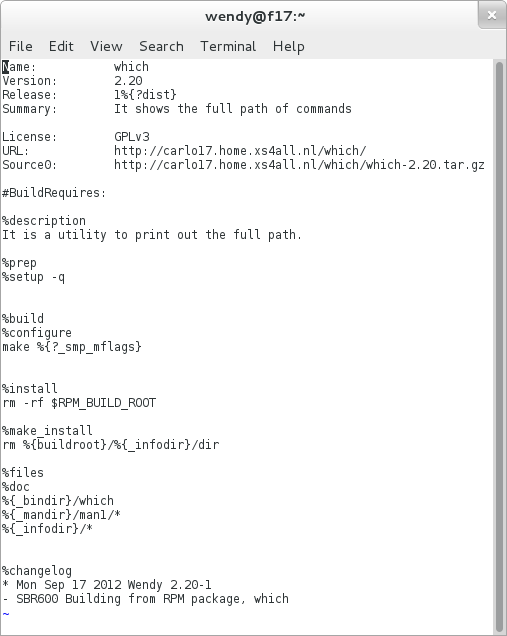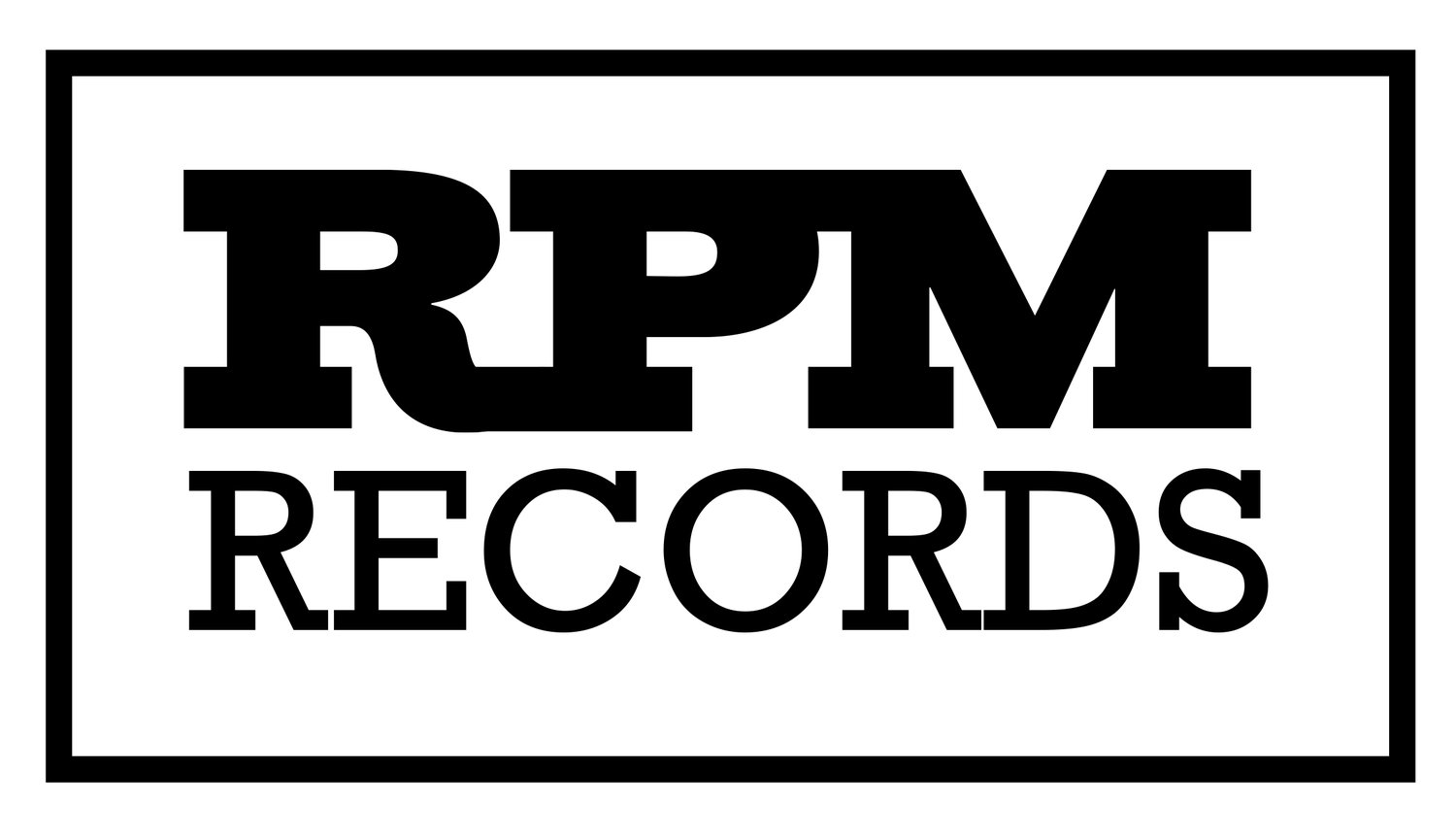Wonderful Info About How To Build Src Rpm

As a user (never as root) create your build environment:
How to build src rpm. Rpmbuild command is part of rpm. (what the apt source do) for example, bash. Build, buildroot, rpms, sources, specs and srpms.
Building an rpm file from a *.src.rpm file. There are some binary packages available on the download site, but i prefer to build it myself from source: You can now run the rpmbuild tool to create an rpm package from this spec file:
The root of an rpm build environment tree is the rpmbuild directory, which contains 6 subdirectories: Examine /root/rpmbuild/specs directory and find the specs file that matches your package. Source to create the binary.rpm.
~/rpmbuild ├── build ├── buildroot ├── rpms ├── sources. For now, let’s just mention the role of these directories. In order to build a source rpm you need to use rpmbuild command.
Installing a src.rpm is very much like unpacking the source code of a program. This is useful when there is no working binary rpm. Build the rpm with rpmbuild.
We will see how is possible to generate this environment by launching a simple command; # path to top of build area %_topdir /home/you/src/rpm if you have never worked on rpms in this manner, you will need to create a few directories in which to work. Earlier in this tutorial, i mentioned the difference between the.src.rpm (source rpm package) and the.rpmpackage.
To build an rpm file based on the spec file that we just created, we need to use rpmbuild command. I want to get the source code of an rpm package, with all patches applied. Rpmbuild is used to build both binary and source software packages.
Building a source rpm will compile the source code of a particular package into an executable binary on your machine. To build the rpm package, use the rpmbuild command. If you run (as yourself) :
How to build multiple src.rpm packages.
















